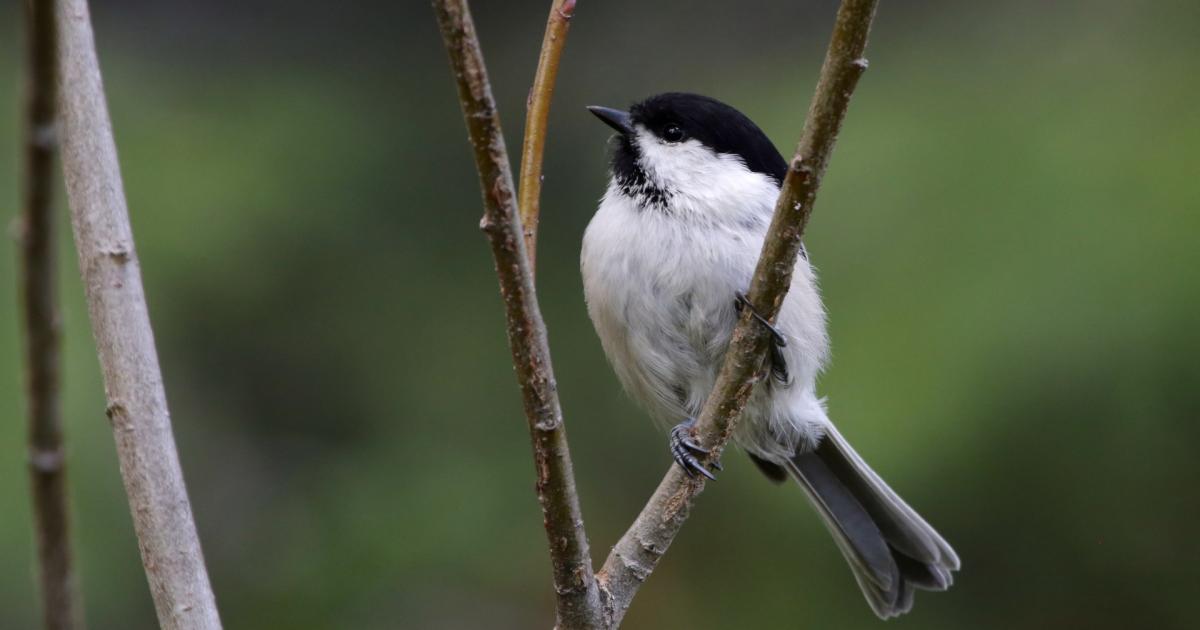Farnboro John
Well-known member
I think a major clue is in the fact that of the tits only Willow excavates its own nest, and looking at the bill of a Willow Tit it is apparent that it must do so in fairly soft (most likely dead and rotting?) timber: in which case a marauding Great Spot will be in and eating eggs or young in short order. Add to that a 300% increase in Great Spots and you have a recipe for disaster.
John
John







